ICF2025 | Creativity Shines at PKU Intangible Cultural Heritage Forum
Oct 22, 2025
Peking University, October 21, 2025: A vibrant discussion delved deep into the topic of preserving and promoting China’s intangible cultural heritage (ICH) at a forum held alongside the 2025 International Culture Festival on October 18. From the ancient Chinese “flower cash coins” to the German Fairy Tale Route, speakers shone light on the aesthetic value of ICH and its role in cultural, social, and economic development.
The forum was moderated by Xiang Yong, Director of the Institute for Cultural Industries, who pointed out that ICH is the root of the Chinese culture, a bridge between the past and the future, and preserving ICH in an age marked by digitization and globalization is a task for us all.
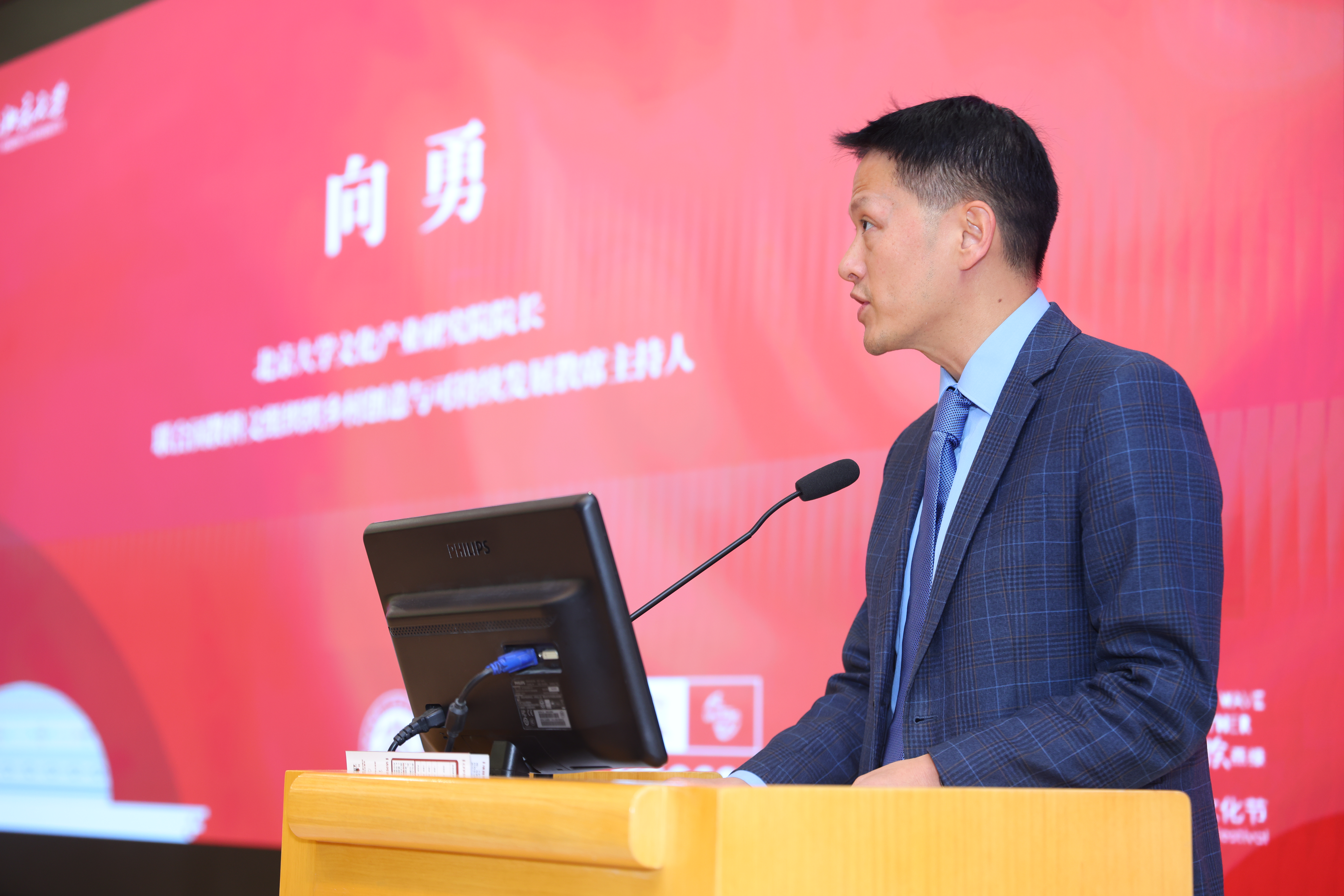
Xiang Yong
In the opening remark, Chu Xiaobo, Director of Faculty of Social Sciences, Peking University, quoted President Xi Jinping as saying that ICH protection and innovation can contribute to fulfilling people’s pursuit of cultural diversity and confidence. He highlighted the importance of preserving ICH with digital means in a digital age, which carries implications for social and educational development.
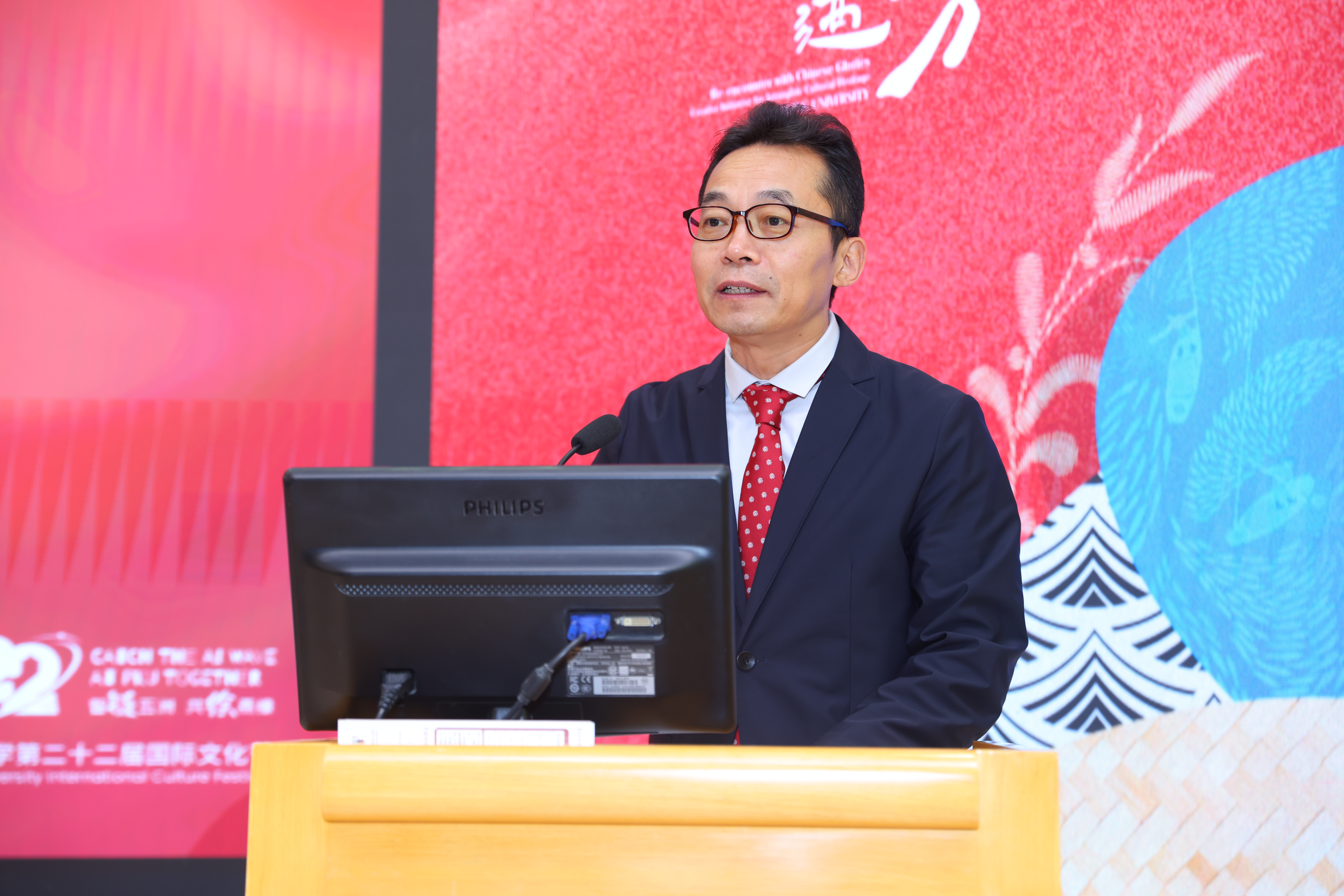
Chu Xiaobo
A series of speakers from both academia and industry then shared their unique perspectives. Some rooted their view in safeguarding the tradition, such as Wang Juan, Professor at the Department of Chinese Language and Literature, who argued that cultural heritage cannot be mechanically copied lest the meaning behind be perverted. She used the ancient Chinese “flower cash coin” as an example to illustrate that intricate designs should be carefully interpreted to protect the story they stand for.
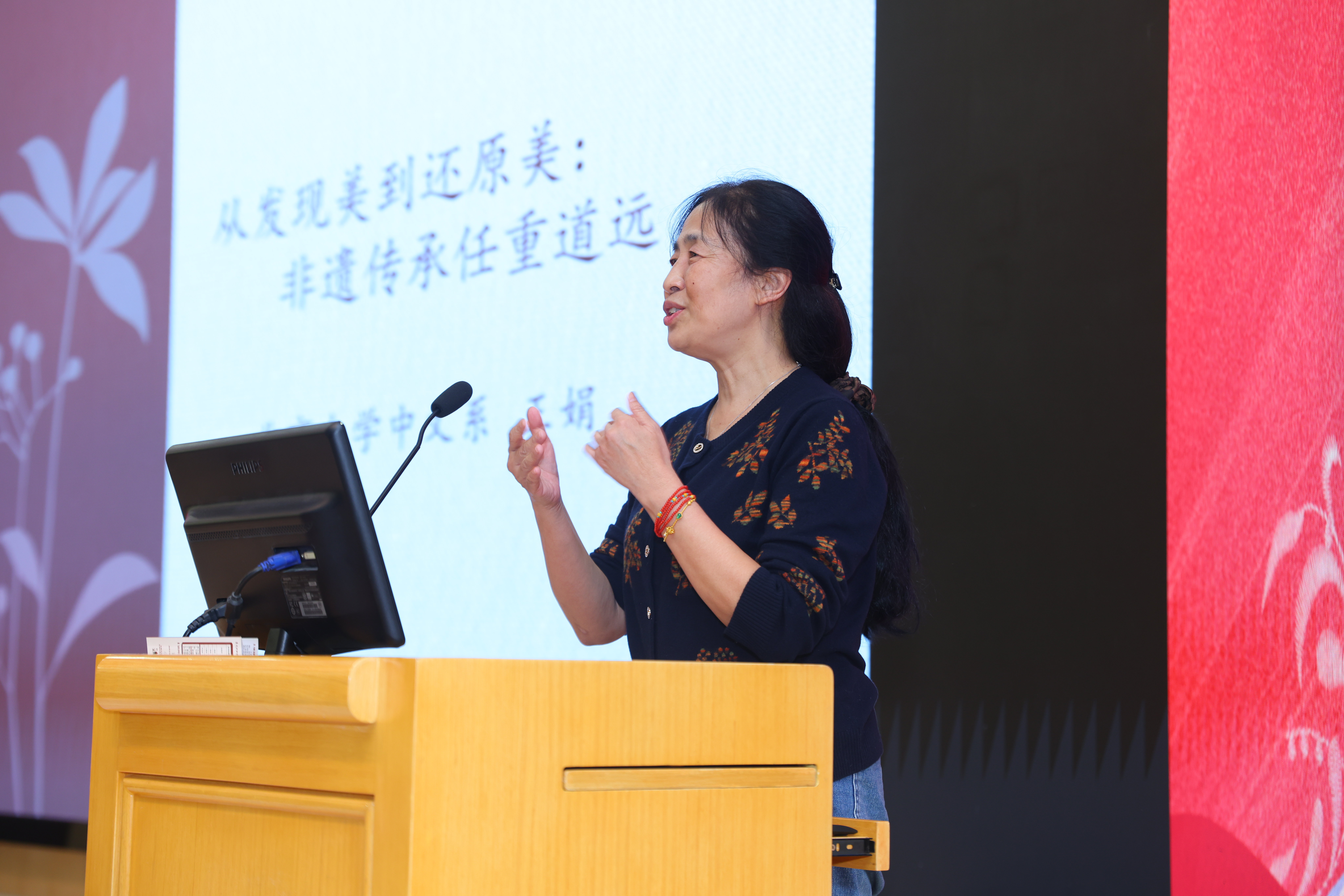
Wang Juan
Some other speakers asserted that traditions should keep in pace with the times to stay relevant. For example, Yang Lihui, Deputy Director of School of Chinese Language and Literature of Beijing Normal University, mentioned the German Fairytale Route as an example to buttress her claim that ICH should be integrated into everyday life, which she claimed could not only preserve the tradition, but also provide development opportunities for the locals.
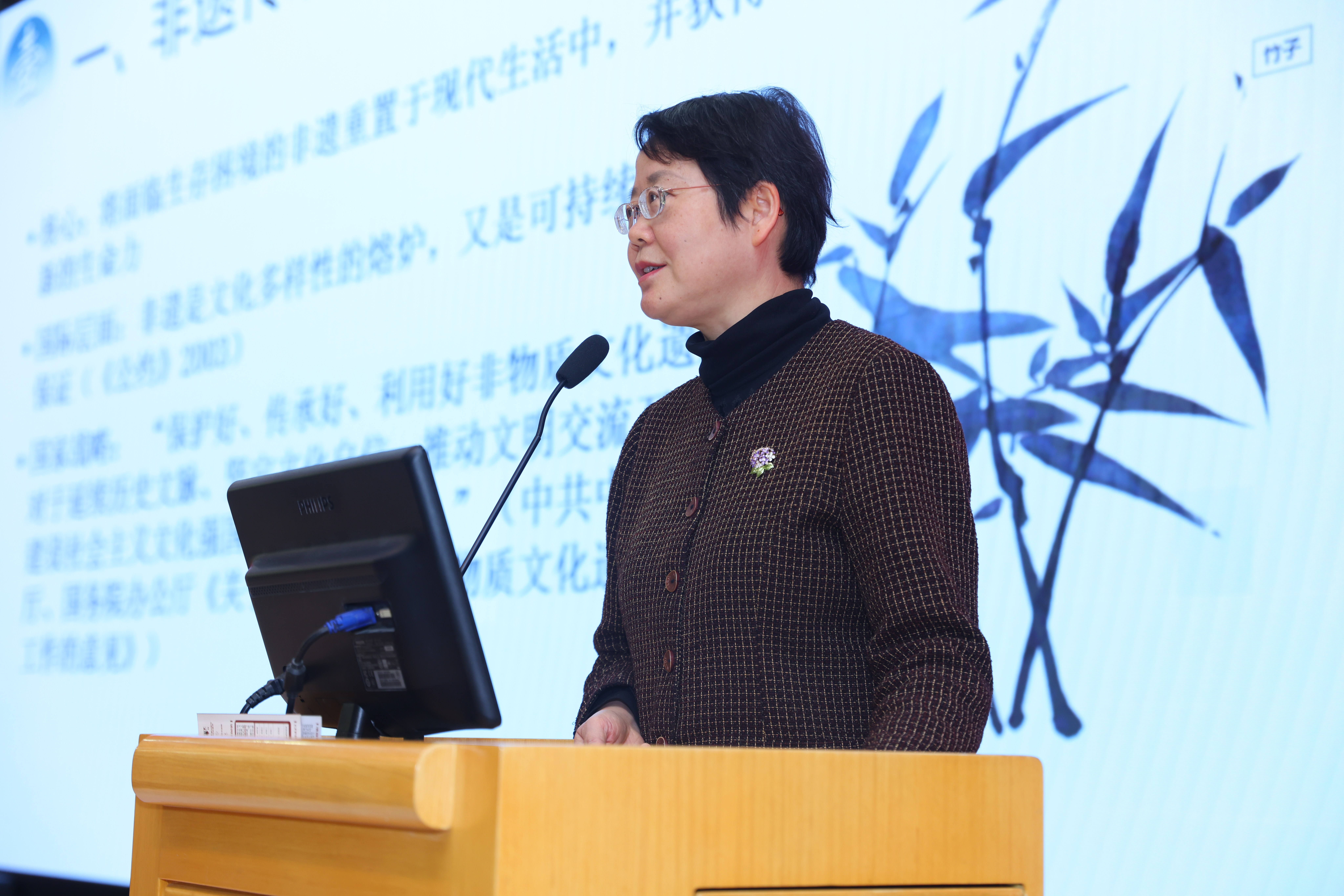
Yang Lihui
After the keynote speeches, three panel discussions followed, featuring guests from diverse backgrounds, from social media influencers to artists, professors, and government officials.
The first panel, “Interdisciplinary Integration and Ecological Framework Development of ICH,” examined the evolution of Chinese rural paintings—a folk art created by rural residents. Scholars, officials, and artists agreed that revitalizing this art form requires empowering local communities and recognizing the artists' intrinsic value.
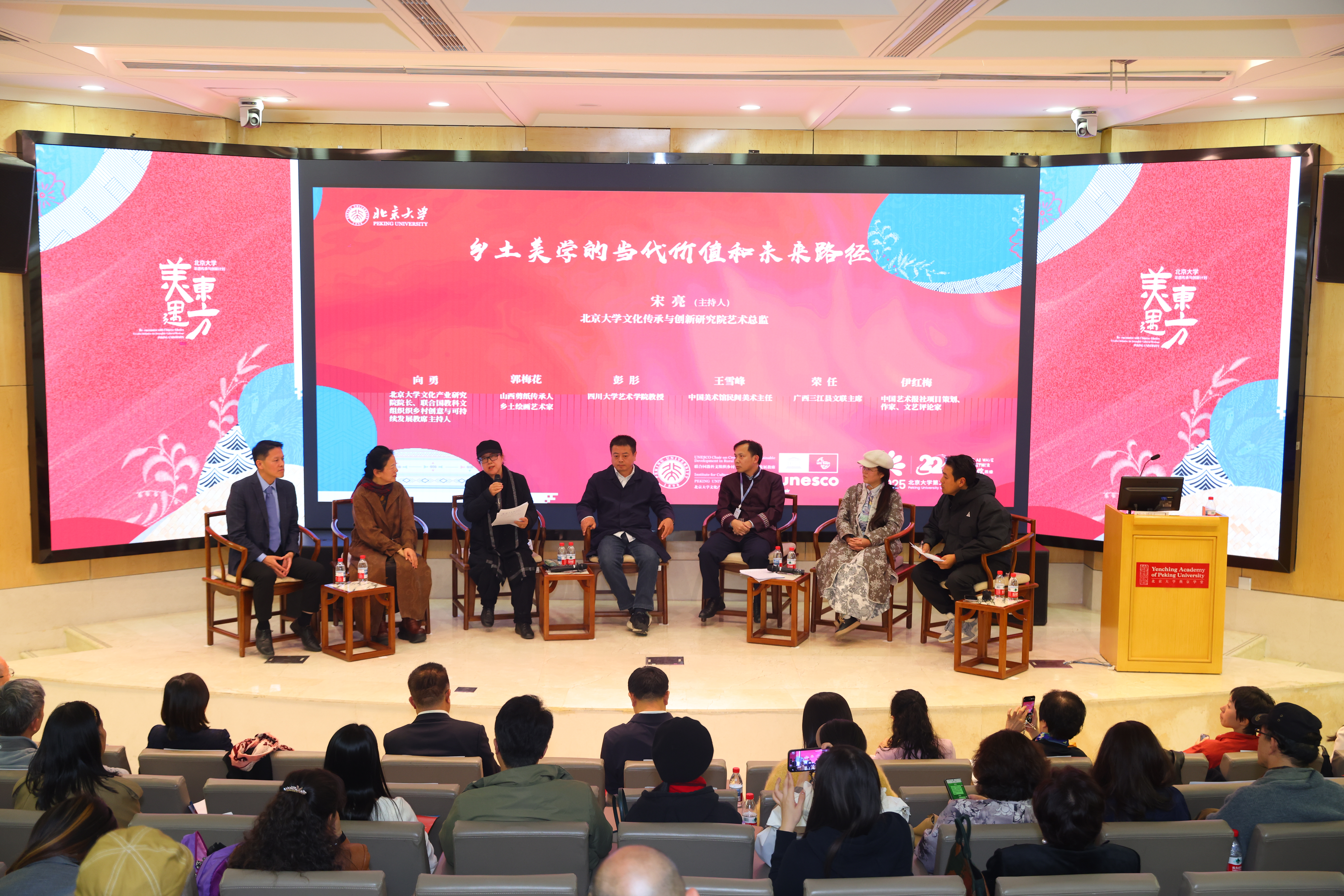
Panel Discussion
The second panel, “Sustainable Development & International Dissemination of ICH,” explored strategies for ICH's future. Project managers and social media influencers showcased successful methods for engaging new audiences, including enhanced digital storytelling, integrating embroidery into contemporary fashion, and fusing traditional crafts with electronic music.
The final panel, “The Contemporary Value of Rural Aesthetics and Future Pathways for Innovation,” focused on modernizing rural aesthetics. Panelists highlighted a co-creation model where designers and scientists could collaborate. This approach leverages local materials and crafts while integrating modern technology and supply chains, demonstrating the market potential of revitalized traditional arts. As Rong Ren, Chairman of the Sanjiang County Federation of Literary and Art Circles, stated, “A crucial aspect of rural cultural development lies in returning to art that originates from the people and the grassroots.”
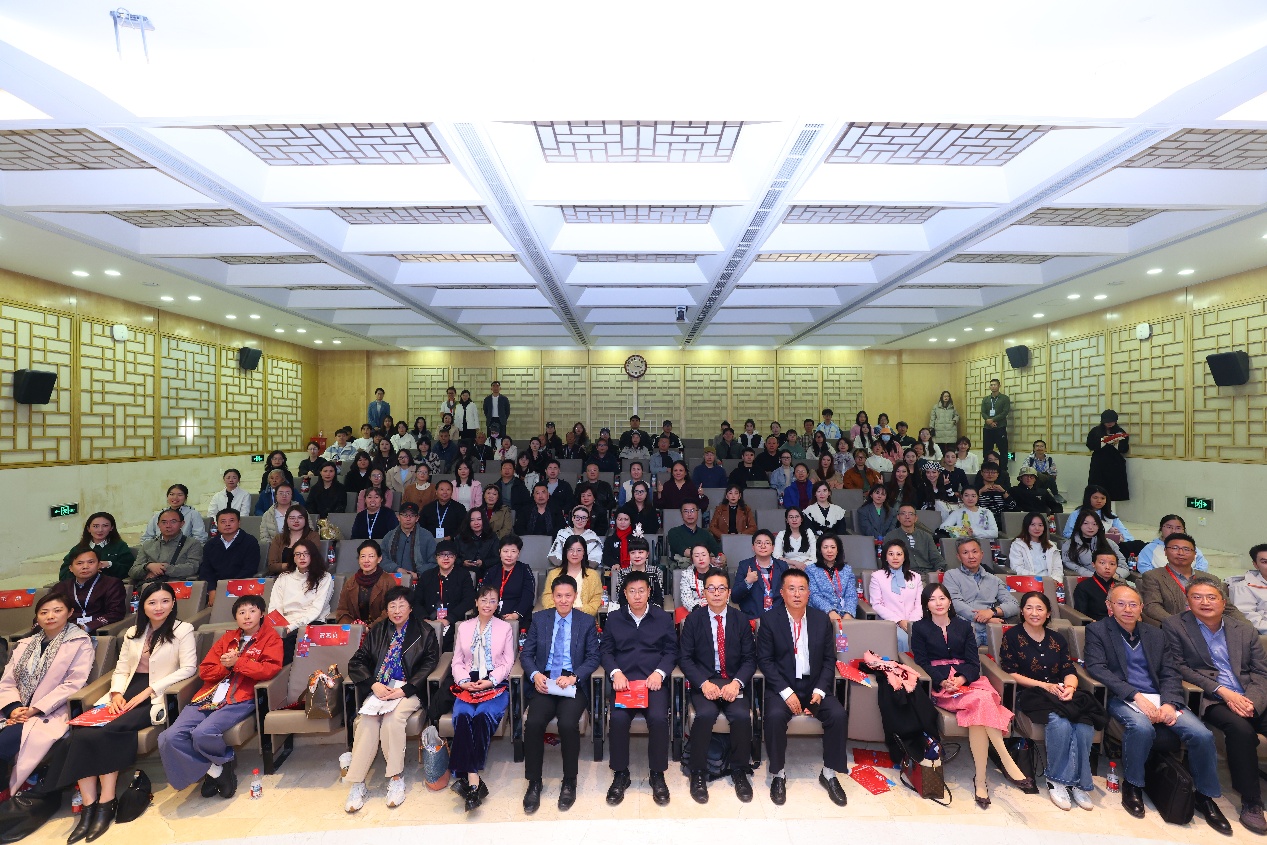 Written by: Aden Tan, Chen Shizhuo
Written by: Aden Tan, Chen Shizhuo





